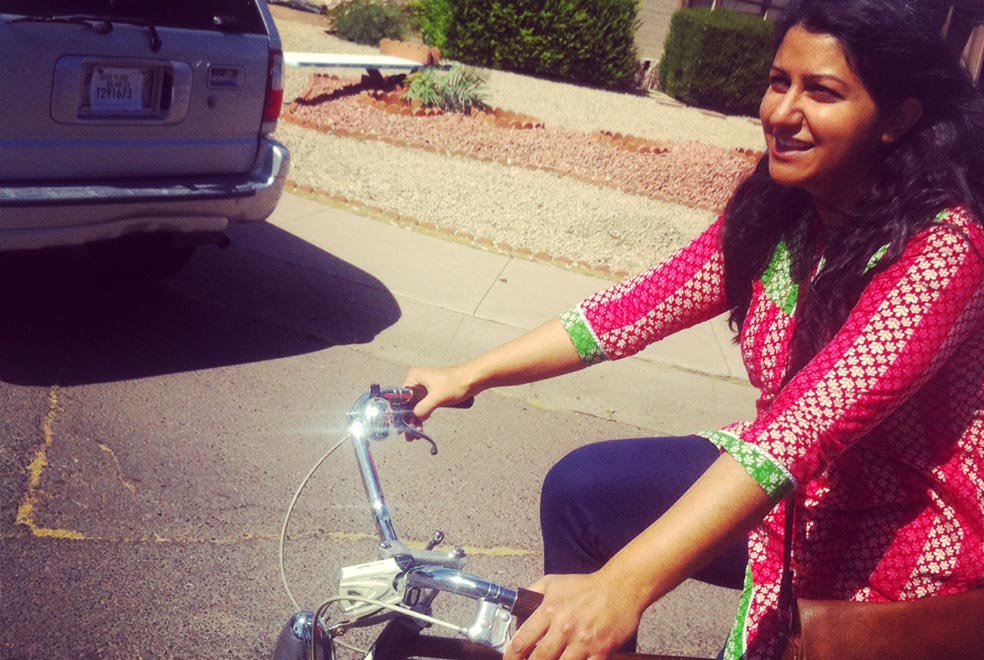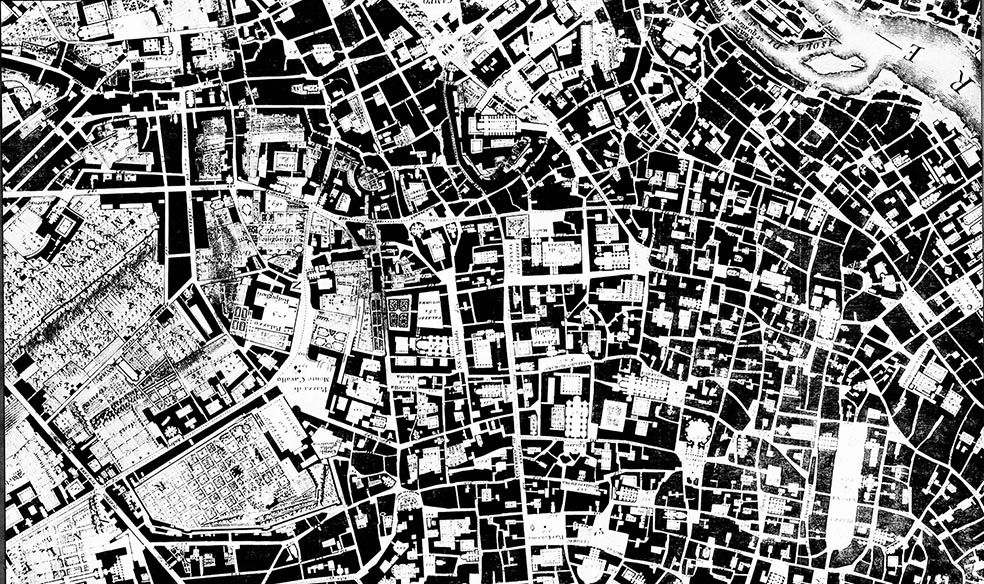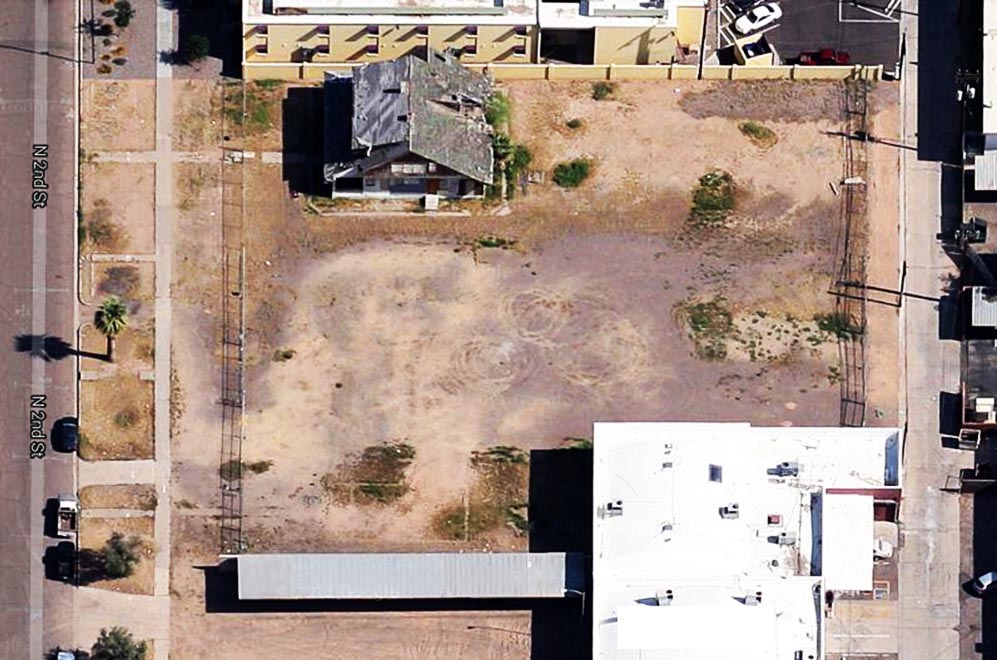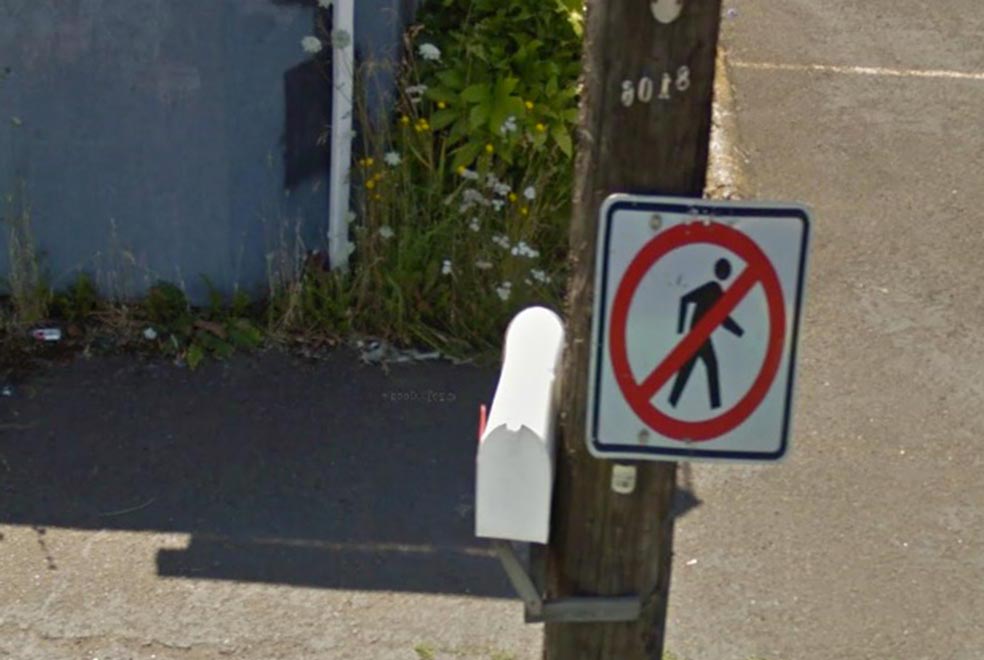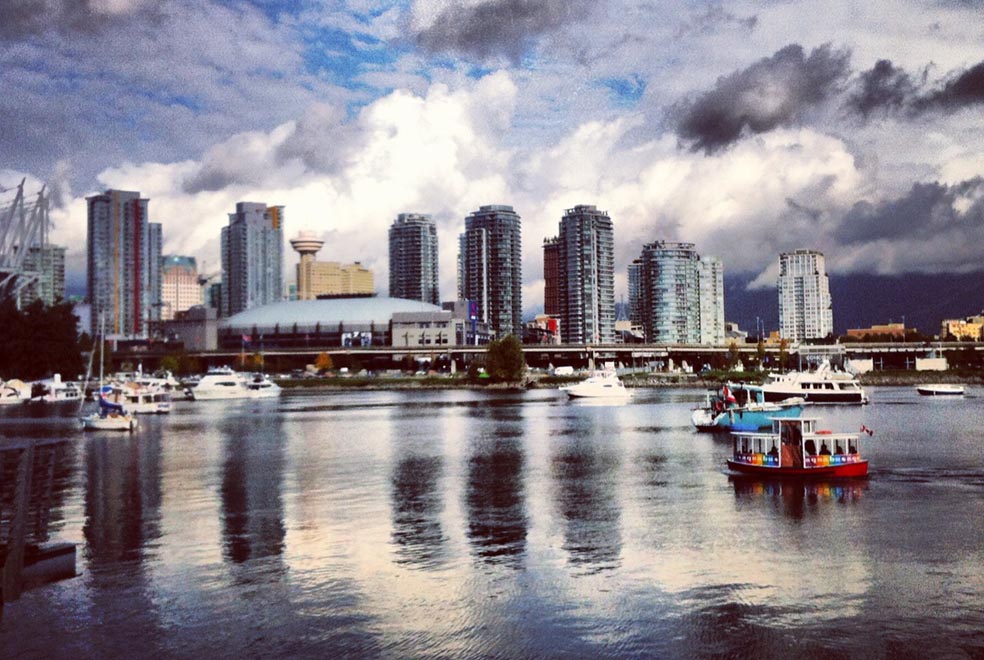Tweet The Wikipedia definition of subversion is: “an attempt to transform the established social order and its structures of power, authority, and hierarchy. Subversion (Latin subvertere: overthrow) refers to a process by which the values and principles of a system in place, are contradicted or reversed.” In some parts of the world, just going to school is a subversive act. In others, two males holding hands is subversive. When you think about it, even something as innocuous as buying your produce at a farmer’s market is an act of subversion. These acts may seem small and insignificant, but they are…
Archive for the ‘urbanism’ Category
Tweet Here in the West, we have countless meetings, a rigorous permitting process, permission-seeking requirements, and all sorts of hoops to jump through before we actually make a move in the public realm. Recently, I visited three extremely vibrant cities in India where people practiced organic urbanism. They set up their vendor stalls in available nooks and crannies, they appropriated public space in ways that suited them and in general made the public realm a reflection of the everyday needs of the people. In other words, the city was a teeming, living organism, constantly changing and morphing with things that…
Tweet This is an excerpt from an article I wrote today for Firefly Living: “While you all are dining out at fancy restaurants, some of us are struggling to find a cheap meal,” says Dannette Lambert, a community organizer and resident in Oakland, California. This pretty much sums up the problem of gentrification, which is when wealthy newcomers completely transform a lower-income urban neighborhood into a yuppie or hipster haven, pricing out and pushing out original residents, who made the place interesting in the first place. Gentrification is the major issue facing urban core revitalization today. As urban living becomes…
Tweet This is the fifth installment of the Livability 101 Series. A Nolli Plan is a figure/ground representation of the city. It depicts the figure as white and the ground as black, allowing you to immediately visualize the relationship between, say buildings and open space. The most famous Nolli Plan is that of Rome, captured in the lead photograph. I’ve been staying in the Phoenix suburb of Chandler on and off this past year, visiting my parents. Every time, the enormous distances between destinations, the wide roads and the sea of parking in front of every shopping center strike me…
Tweet Today’s post is the third installment of the Livability 101 Series. Check out installments one and two if you missed them! What do you do when it’s below freezing, the streets are icy and you don’t own a car? This is a true test of livability in your city. For me, as a newcomer to Portland and never having biked in the snow and ice, the frigid temperatures put a wrench in my normal commuting patterns. Why biking is out and that’s OK Biking in below freezing weather when there is snow on the ground is out for me…
Tweet I am often the first to criticize real estate developers, especially if they are so focused on the bottom line that they are willing to cut corners in ways that negatively impact the community. There are a lot of profit-focused developers out there that have detracted from a healthy and vibrant urban fabric. But, there are good, conscientious developers out there too who do projects with the community in mind. In the Phoenix metro area good developers who’ve done projects that greatly benefit their communities include Venue Projects, Sloane MacFarland, and Desert Viking Companies, to name a few. Fairly…
Tweet Today’s post is the second installment in the Livability 101 Series. Guest writer Hart Noecker tells us about the equity gap in Portland’s livability equation. Hart is a writer and filmmaker in Portland, Oregon originally from Lansing, Michigan. He publishes his take on tactical urbanism and the Right to the City movement at Rebel Metropolis. Portland, Oregon is known nationally as a bikeable, walkable, livable place to call home. For many wealthier upper middle-class neighborhoods, this is true. Venture a ways outside the city core to the working class communities east of 82nd avenue and the livability reputation doesn’t…
Tweet Livability means being able to take your kids to school, go to work, see a doctor, drop by the grocery or post office, go out to dinner and a movie, and play with your kids in a park, all without having to get in your car. – Former Secretary of State Ray LaHood You can claim your city is livable all day long, but the real livability test is on the ground, on a daily basis, when you need to get groceries, or a hammer and nails, or go to the movies, or go to a friend’s house party…
Tweet Today’s article is by guest writer David Crummey: Arts. Artists. Creativity. Beauty. The way we move. The heart of a city. The physical infrastructure of a city’s soul. Art imbues our very selves; how we commune, how we interact, and how we build our cities. Ensuring that art has a table in our conversations, in our thoughts; assuring that we keep art — beauty — close to us as we take each step into the future, it is that which will make our cities grand. I know this isn’t the the forum to expound upon why art is important,…
Tweet Architecture school at Arizona State University from 1993 to 2001 (when I was an undergraduate and graduate student there) had a very clear leaning towards the modern aesthetic. Not only did I learn about structures, architectural history and cladding systems, I learned that modernism is good and everything else isn’t really that good. So the modern aesthetic, with clean minimalist lines using materials like glass, steel and concrete was driven into our heads as the thing to aspire to. Le Corbusier, Mies Van der Rohe, and Walter Gropius were lionized. Frank Lloyd Wright, even though he was so influential…















